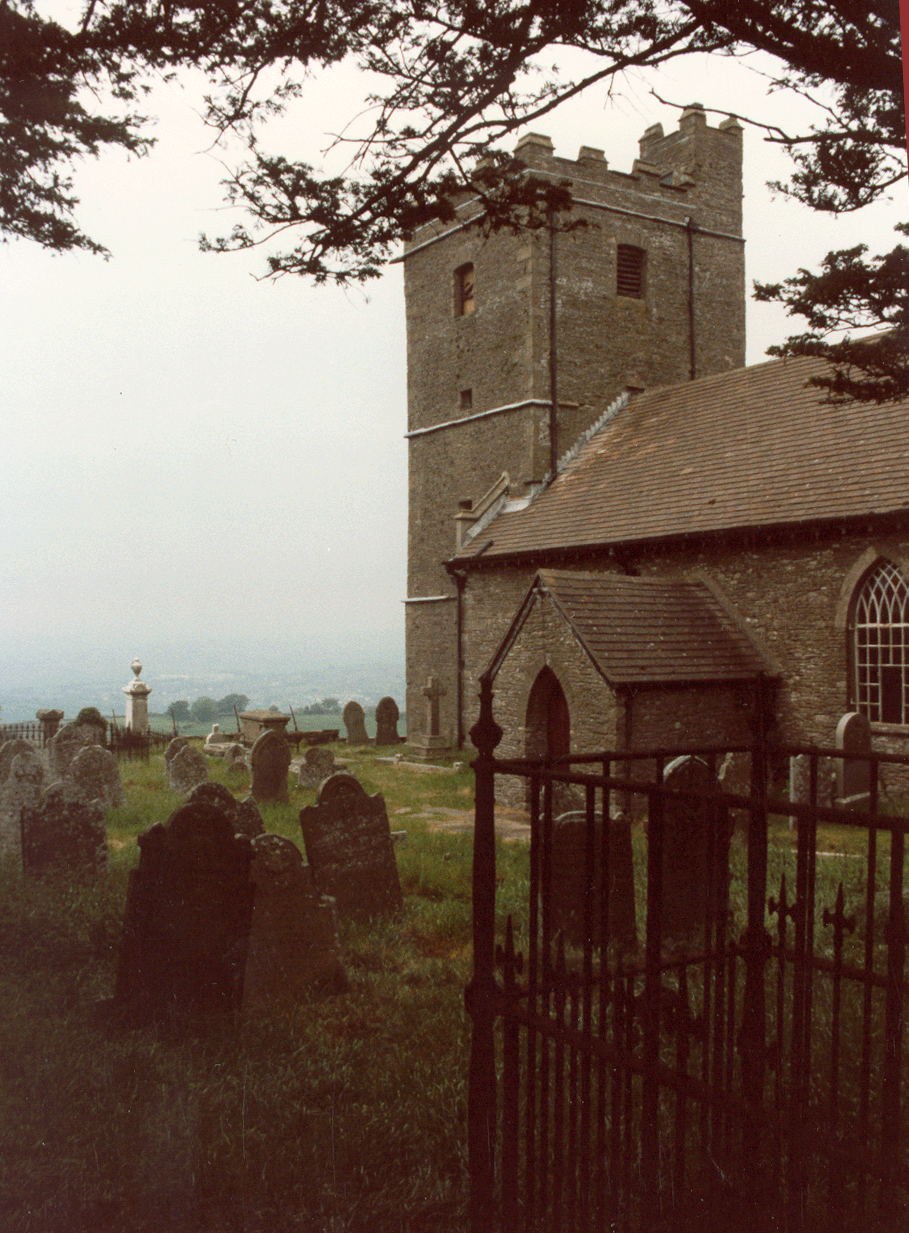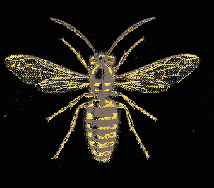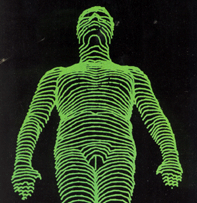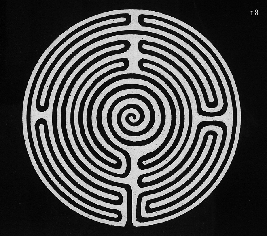
Parts of the Patchwork girl belonged to women who were mothers, so she has woven into herself the idea of motherhood, a sense of having loved and lost children.
Patchwork Girl
Births
|
Creation, birth and procreation
|
|||
|
From: infant She is exuberant, ferocious, loving, unhinged. She is an infant with the strength and wits of a more-than-adult. (9)
|
|||
|
She is deeply attracted to this offspring and they become lovers. To cement their love and exchange something eternal between them Mary cuts a circle of skin from one leg of each of them and exchanges them, transplanting a little piece of her monster onto her own thigh. |
|
|
From: Crave I crave her company; I crave even the danger. Do I yearn for the easement of my own company? Do I resent the fierce mad engine that is throbbing inside my serene life, staining my underclothes, creasing my brow, making me jump up restless from Percy's side to go to my writing desk, the window, the bookcase, the door, while he gazes at me in gentle reproach, or speaks to me as a tutor might of the inner peace I clearly lack? Yes, of course I do. You are taking me over, I long to cry, but does one punish the food for the pain in one's empty belly? (9)
|
 |
Parts of the Patchwork girl belonged to women who were mothers, so she has woven into herself the idea of motherhood, a sense of having loved and lost children. |
|
From: Left breast Charlotte's
nipple was pink
and long, like a crayon. Charlotte nursed eight children, buried six,
and felt each loss in her swollen breasts. She squirted the extra milk
on her dying babies, rubbed it into their laboring chests. She visited
the graveyard, squeezed her breasts over the small hummocks, so little
white beads hung in the grass. She filled a quill-pen at her nipple and
wrote invisible letters to the dead babies. Then she held a match under
the page and watched her words come back. When I write my left breast
sometimes dribbles the milk of invisible children. (9) |
    |